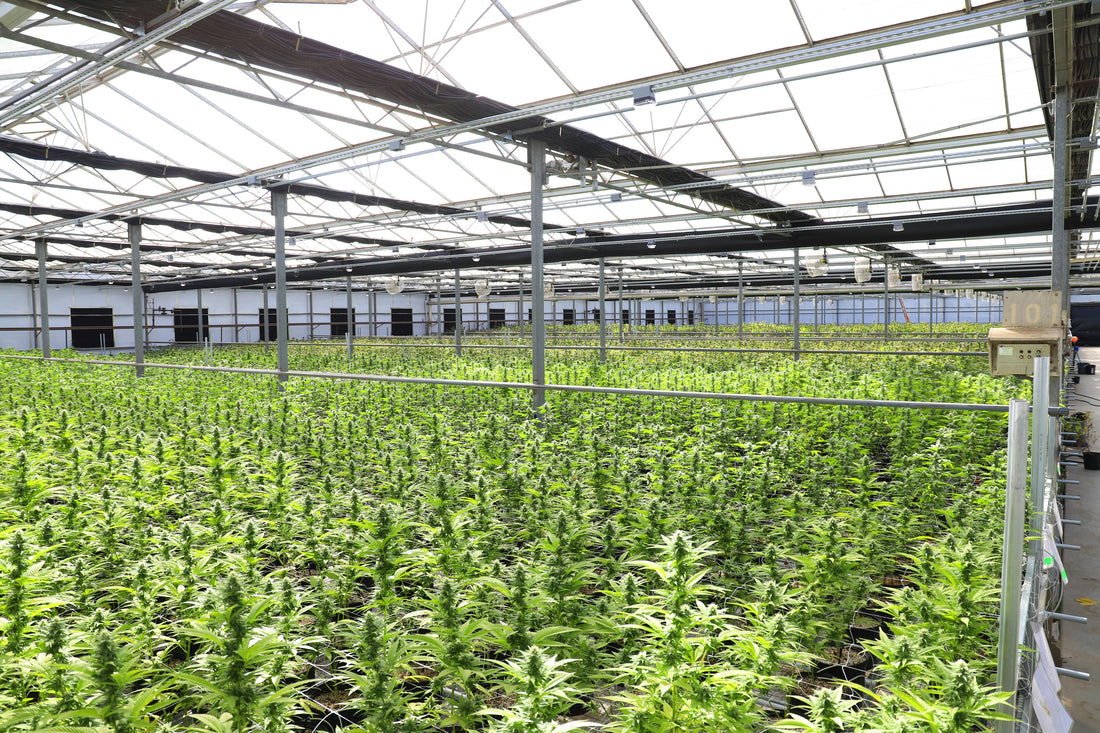
What is Hemp? Is it different than Cannabis?
The cannabis plant has over 100 known cannabinoids with names such as delta-9-TetraHydroCannabinol and CBD. Each interacts with us differently through our endocannabinoid system (ECS). Consider this - cannabinoids primarily come from cannabis and we have an endocannabinoid system with cannabinoid receptors. It’s as if we were made for each other. Many cannabinoids have therapeutic benefits without the high often associated with cannabis.
The U.S. government finally recognized these benefits. In 2018 it passed the Farm Bill, which legalized hemp-derived products with a THC potency less than 0.3%. Access to nature’s cannabinoid and terpene magic was accessible to all because it wouldn’t get you ‘intoxicated.’ That’s when low-THC, high-CBD products started popping up.
Well, the counterculture industry be counterculturin’ - research into loopholin’ that mfer started right away. It didn’t take long for hemp-derived products to also get ya high - legally.
What is hemp?
It’s very easy to over think this but it really is simple. At least from a legal and definitional standpoint.
- What we often refer to generically as CANNABIS is legally (and racistly) called marijuana. This is Cannabis Sativa or Cannabis Indica plant material with a THC content over 0.3%.
- What we refer to as HEMP is Cannabis Sativa or Cannabis Indica plant material that has less than 0.3% THC.
That is it.
We’ve grown cannabis for years (some evidence suggests over 50,000 of them). Over that time humanity has selectively grown a few cultivars.
Cultivar:
noun
a plant variety that has been produced in cultivation by selective breeding.
One cultivar of Cannabis Sativa is cultivated for its fibers (as in its stems/structure more so than its flowers), one that can be eaten and used for oils, and one that has more, bigger flower buds (with their therapeutic and psychoactive properties). But they are all the same plant.
The cultivar grown for its fibers is often labelled “Industrial Hemp” and we love to wear fanny packs made of it (among thousands of other uses). This is NOT the same cultivar used for cannabis or the hemp-derived products found in headshops. So no, you aren’t smoking the same “hemp” used for durable, sustainably-produced clothing. Further, industrial hemp used for manufacturing purposes is almost always exclusively C. Sativa.
The word hemp is used in the legal sense as cannabis with less than 0.3% THC. That’s because the same word has historically referred to cannabis that has been selectively bred and grown to create wonderful fabric and ropes with very little flower bud material. But because it’s all the same plant, a cannabis cultivar grown with big beautiful buds and low-THC is still hemp in the Farm Bill’s eyes.
Even The Best Dispo Flower Only Has A Little More THC
We’ve learned that the farm bill authorizes the sale of C. Sativa and C. Indica flower that contain less than 0.3% THC. That’s got nothing on the THC concentration of this fat zip of bud I got from the dispo testing in at 30% THC, right?
Hold your horses.
That “30% THC” you see is the result of the testing after, well, testing it. Testing that includes burning, heating, or otherwise decarbing the zaza. The process that turns the precursor THCA into THC by boiling off the carboxyl-group acid.
The actual THC concentration in the raw flower is much lower and then skyrockets after we ignite or decarb it. A flower that tested at 30% THC likely hovers around 4% before testing/heating/decarbing (assuming about 87% of the THCA converts during the process).
Granted, 4% is still much higher than 0.3% and that’s why the law exists. After decarbing 0.3% still only equates to about 2% final THC and wouldn’t get you high. However, what I’m trying to illustrate here is that the difference is 0.3% to 4% (13x), not 0.3% to 30% (100x).
Hemp-Derived THC
So how tf do we get high off hemp-derived THC?
Easy, concentrating it.
Almost exclusively (notwithstanding certain THCA products), hemp-derived THC products are concentrations extracted from cannabis plant material that contained less than 0.3% THC. Delta-9 gummies, Delta-8 vapes, Diamond-infused prerolls, the list goes on. Anything that isn’t raw flower (such as vaporizers, gummies, diamonds, wax, rosin, etc) is concentrated.
So what about the raw flower buds we buy at the headshops? How can that get us high if the flower itself is only 0.3% THC?
It’s sprayed with a concentrated cannabinoid such as D8, D9, or THCP.
FOMO
We’ll continue covering these alternatives with future posts. Next up, we'll discuss the altnoids mentioned above. Be sure to following along on this blog and all socials so you don’t miss a thing!

